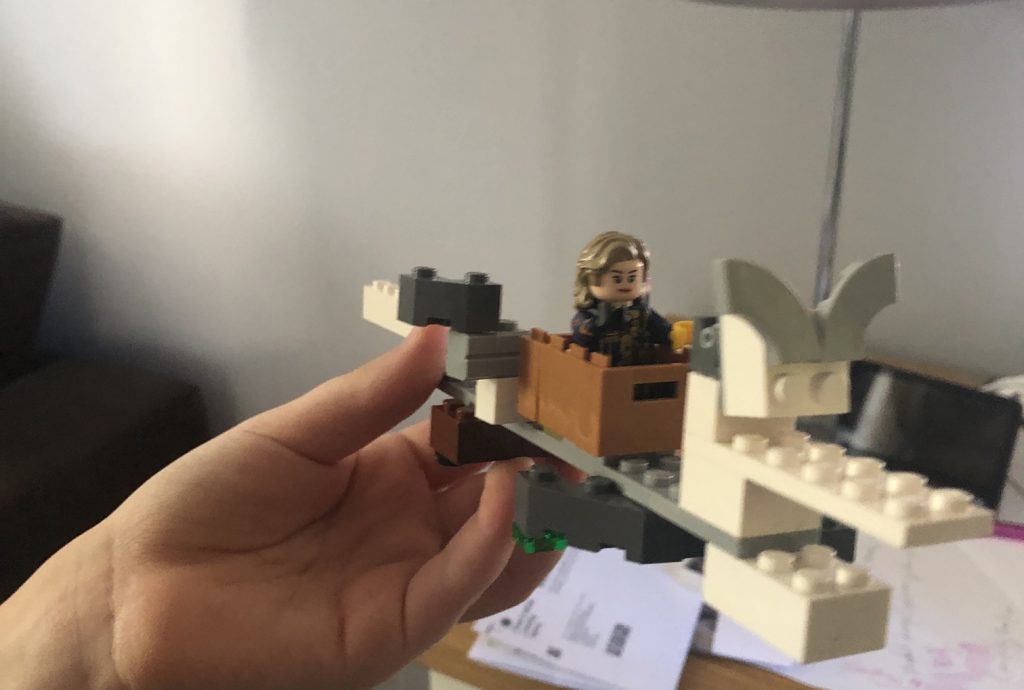The Self & Identity | Values & Equities; Giving Form to your Story
Guest lecture from Martin Hosken
Reading: The Trajectory of the Self
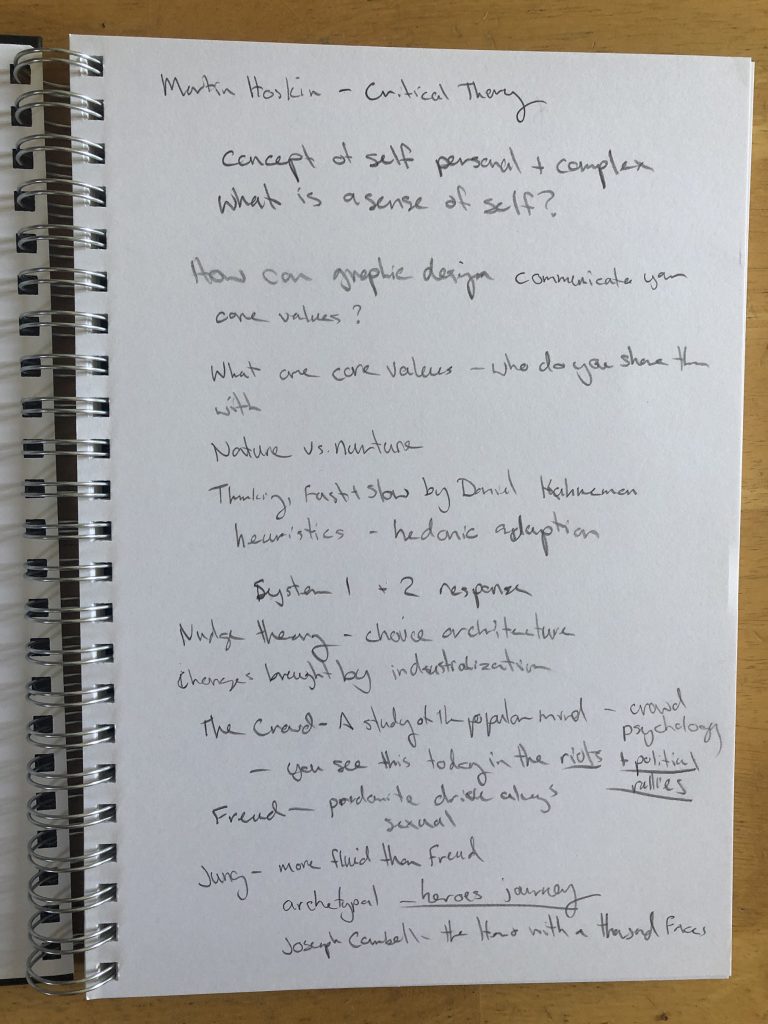
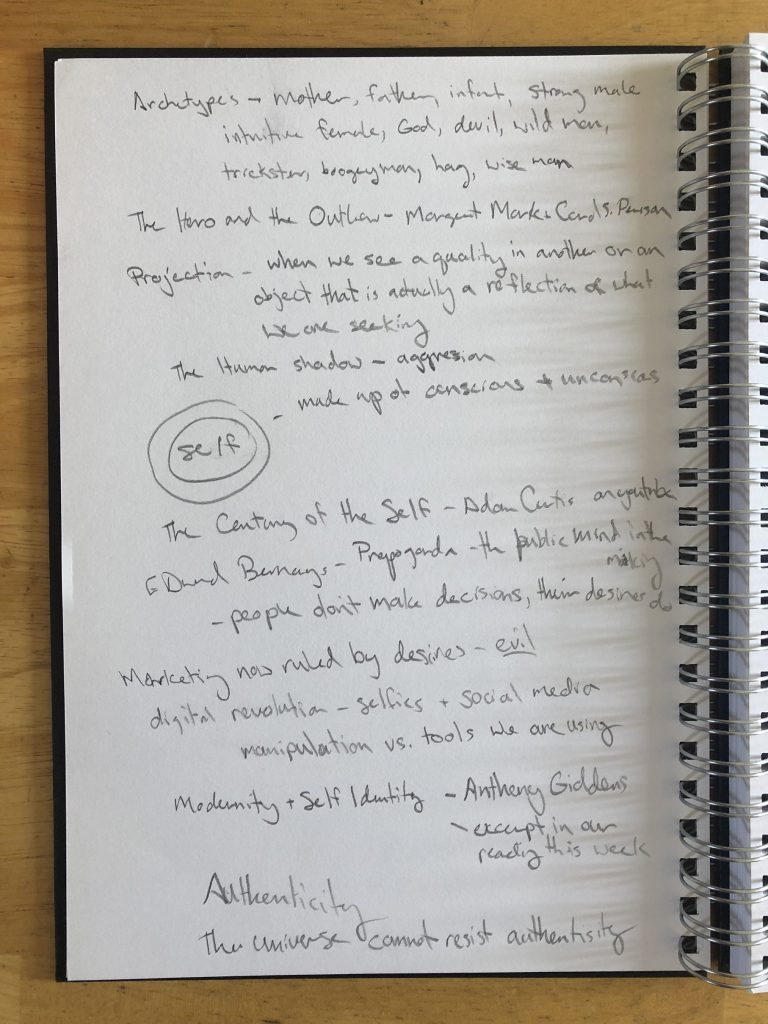
Martin Hosken’s lecture touches on the concept of the self, core values, the nature vs nurture debate, conscious and unconscious thought, Freudian and Jungian psychology, the development of the self and how we construct it, as well as asking us to do some self reflection.
The lecture was thoughtful and interesting and then made me furious. I like to think of design as helping people, problem solving, or organising information, all positive outcomes that provide value. This lecture made me reflect on the other side of design and marketing – using it to manipulate and take advantage of people.
“This new consumerism was emphatically defined by a director of Lehman Brothers, Paul Mazur, who in 1928 stated, “We must shift America from a needs to a desires culture. People must be trained to desire, to want new things even before the old has been entirely consumed. We must shape a new mentality in America. Man’s desires must overshadow his needs.”
Although we may think we have become less susceptible to the influence of the mass marketers, we now face a new technological revolution and it is hard not to get the impression that the fragile ego is still under an assault of image and suggestion that knows only too well how to manipulate our sense of choice.” (Hosken 2020.)
Social media, the glamourisation of conspicuous consumerism, and the blatant push towards marketing wants as needs has led to many societal issues today. How can you develop a strong sense of self if you are constantly bombarded with messages that you are fundamentally flawed and less-than, that if only you purchase these beauty products, that pair of shoes, get lip injections or take the perfect selfie will you be a worthwhile person?
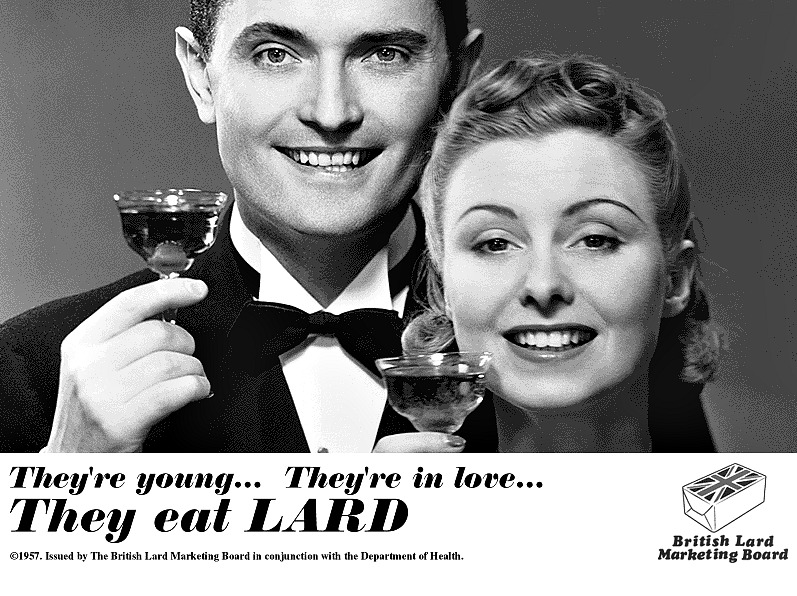
Damaging messages in the media, marketing and popular culture has led to a generation of people desperate for validation. A popular sub-Reddit – Instagram Reality, often compares original images with the heavily manipulated photos people post to social media. Where does this drive to present as a perfect object rather than inhabit your own body come from? In speaking about Edward Bernays, Hosken says he “understood that people didn’t make decisions, their desires did. The act of selling became one of finding out what their desires were and satisfying them. … a carefully controlled combination of commercial arena, media outlet, advertising and performance could be used to bypass the ego and sell directly to the desire. ” (Hosken 2020).
The truly insidious aspect of selling directly to desire, is that it is never satisfied. Trying to fill voids caused by mental health issues, trauma, maladaptive thinking or general unhappiness with products or outside influence will never be effective. The reading from the Anthony Giddens excerpt this week suggests that self-identity is a narrative process and that “the watchword in self-therapy is ‘recover or repeat’.” (Giddens 1991). Choice and authenticity, healthy relationships built on communication, being in touch with your physical body and making conscious effort to examine yourself will lead to a healthy sense of self.
Giddens also explores the concept of fear, fear of the future, fear of risk, fear of death. The act of creating itself can be a source of anxiety – “Can I do this?” “Is it good enough?” “Will people like it?” “What if I’m actually very terrible at this?” Learning to accept and utilise constructive criticism to make better work, is a key skill as a designer. Finding your limits and pushing past them is necessary to grow.
Workshop Challenge
As someone who struggles with self-worth and clinical anxiety, this week has been especially challenging. My first instinct when faced with the workshop challenge was to flee, it took real strength of will to engage with the assignment. Recognising that my own self-perception is flawed, I asked friends and family to send me 10-15 words they thought defined me. I posted about this on the Ideas Wall and had some good feedback.
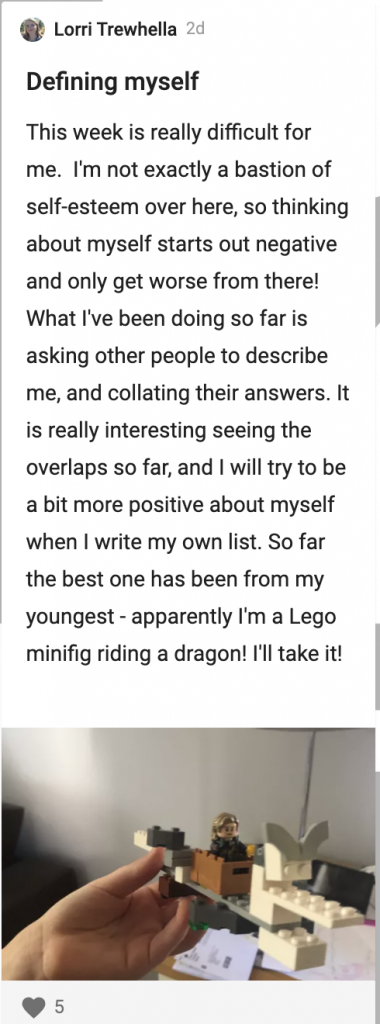

I collated the information from my friends and family and generated a word cloud.
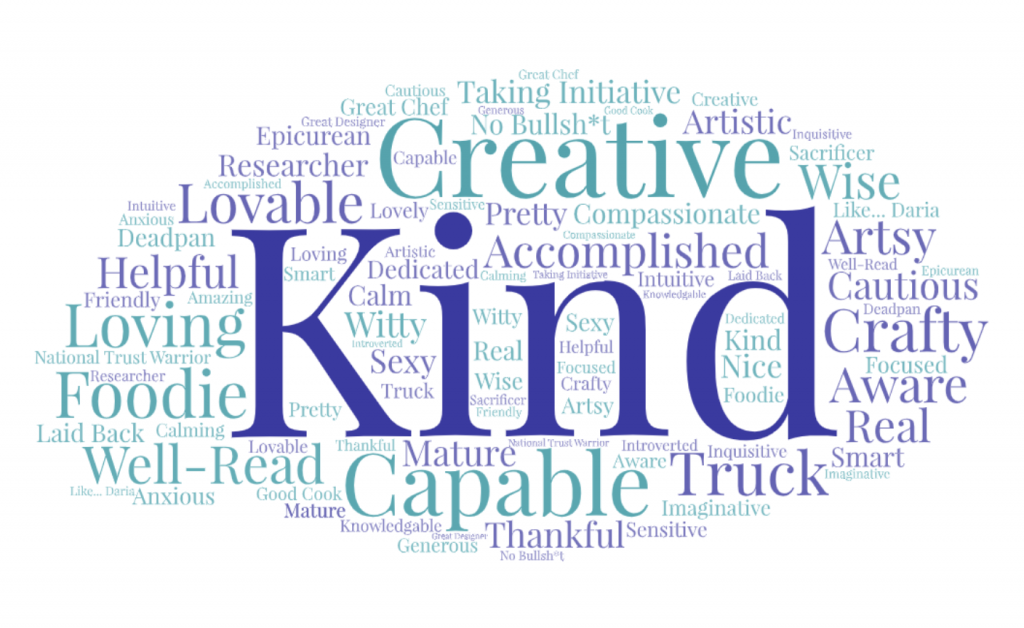
Some of the responses were very surprising, some were expected. Two people mentioned my love of reading, four called me a good cook. Almost all of them referred to me as kind, with creative, capable and accomplished a close second. I went back to my own list and trimmed out most of the more negative references and came up with twenty things that either define me, or are aspirations.
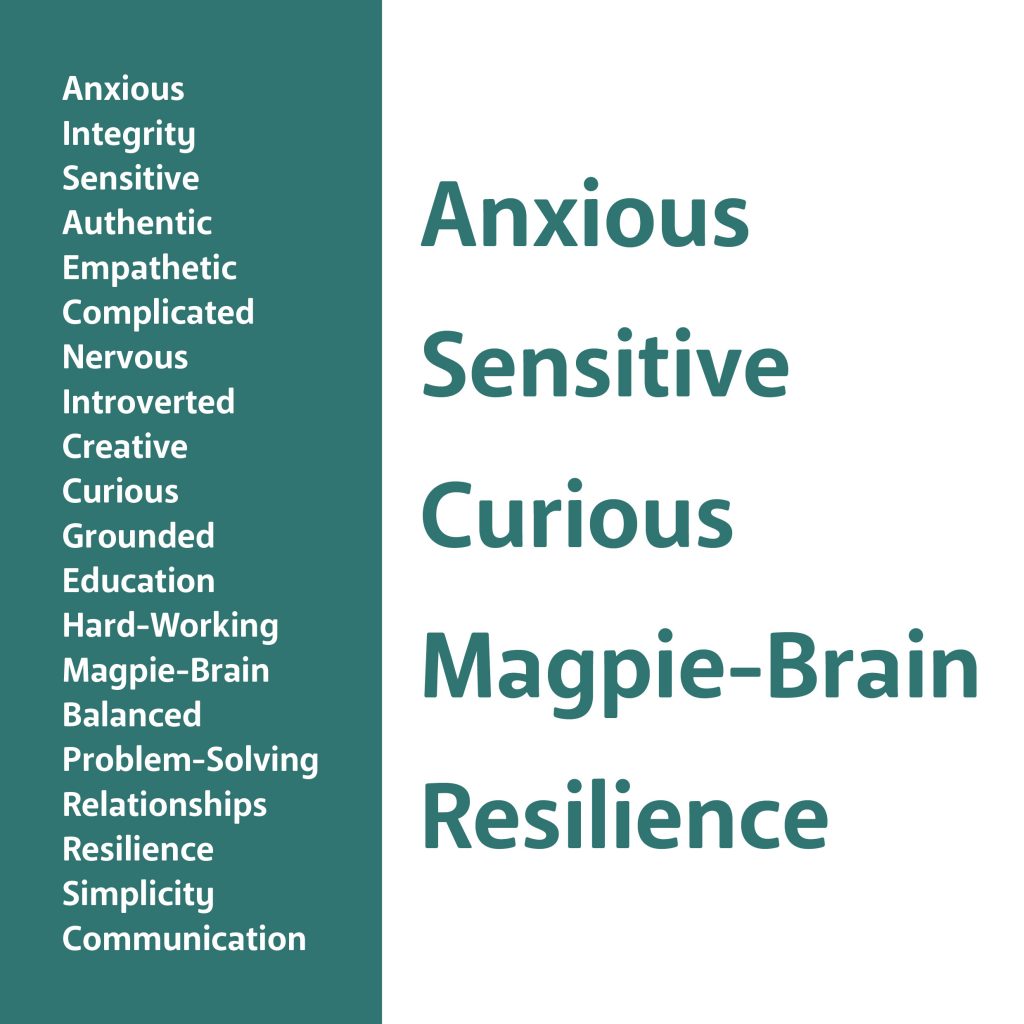
Trimming this down to five was also difficult, I kept anxious as anxiety is something I struggle with every day. After a lifetime of experience I have developed coping methods that allow me to function, but it is never something that will leave me entirely. I constantly have to fight with a skewed sense of self, and need to be vigilant in recognising and moving past irrational and maladaptive thoughts. This leads me to being very sensitive, both of myself and others. Sensitivity is about noticing what is going on around you, developing a keen eye and really examining your environment. This goes hand in hand with curiosity. Curiosity means always questioning, always trying new ways of design, keeping knowledge current and exploring the world around me. I have what I term a magpie brain, it picks up shiny bits around me and files them away for the future. This helps me to reach and make connections between things, fuelling creativity and expression. Finally, resilience is the most important of my design values. It is very easy for me to overthink, to be knocked back by my own self doubt or to compare my work to others and feel it doesn’t measure up. Imposter syndrome, a client not responding to a piece of work how you had anticipated, there are a million ways to get discouraged in a creative endeavour. I refuse to let this stop me, every time I get knocked back I get back up and try again.
Moodboards
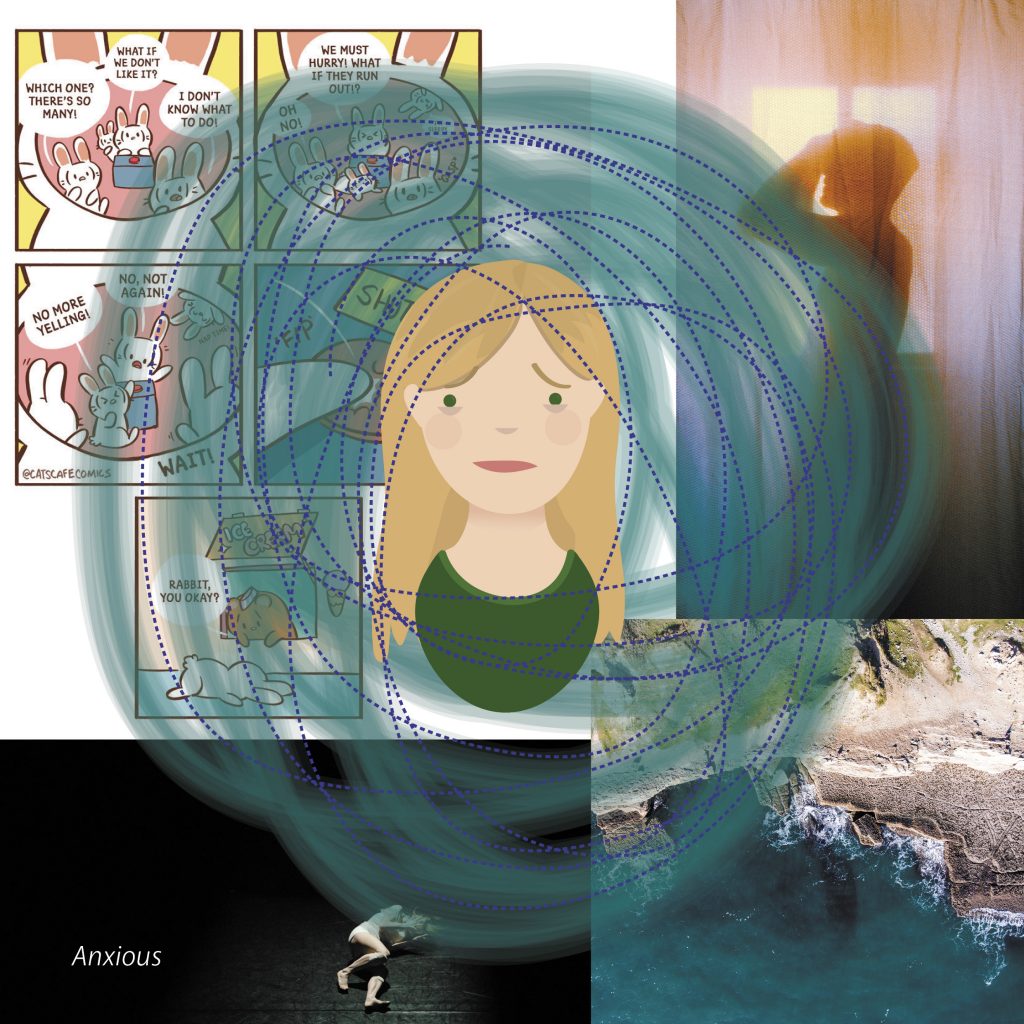
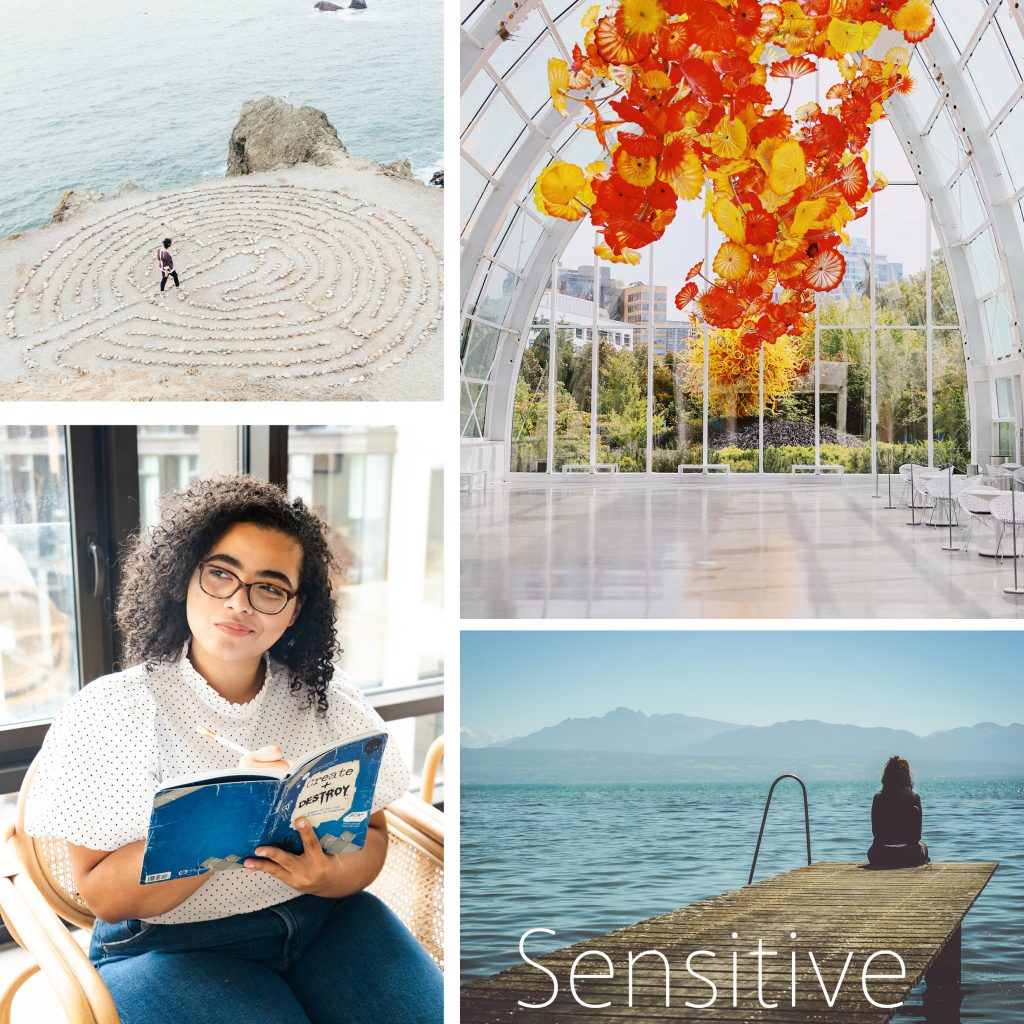
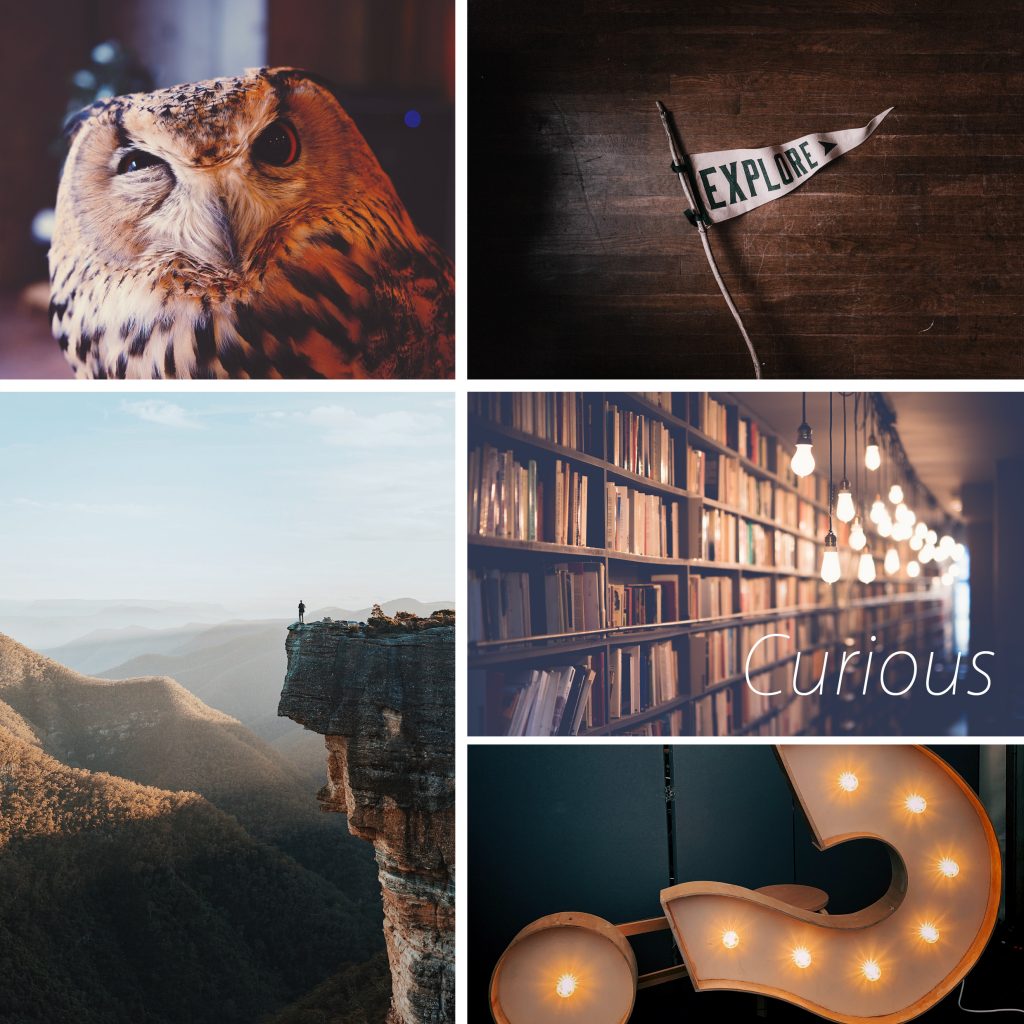
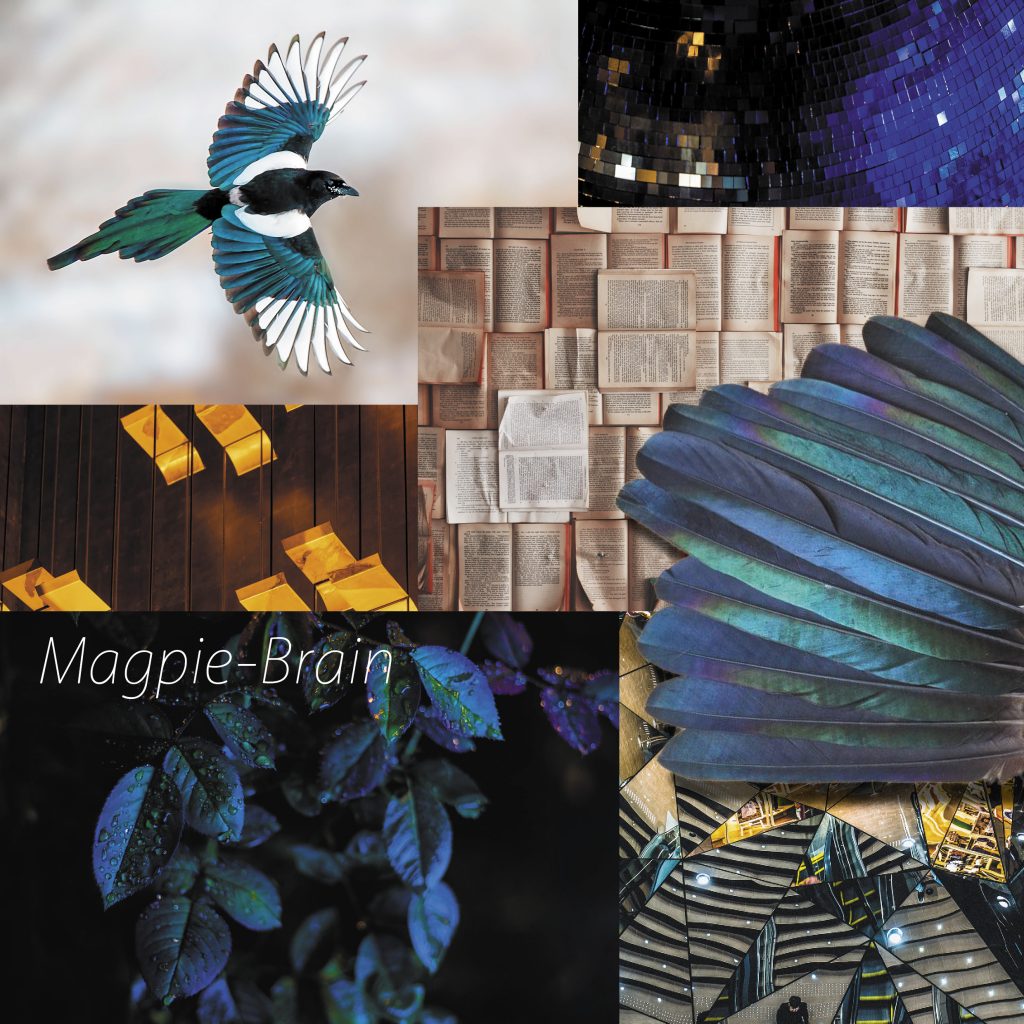
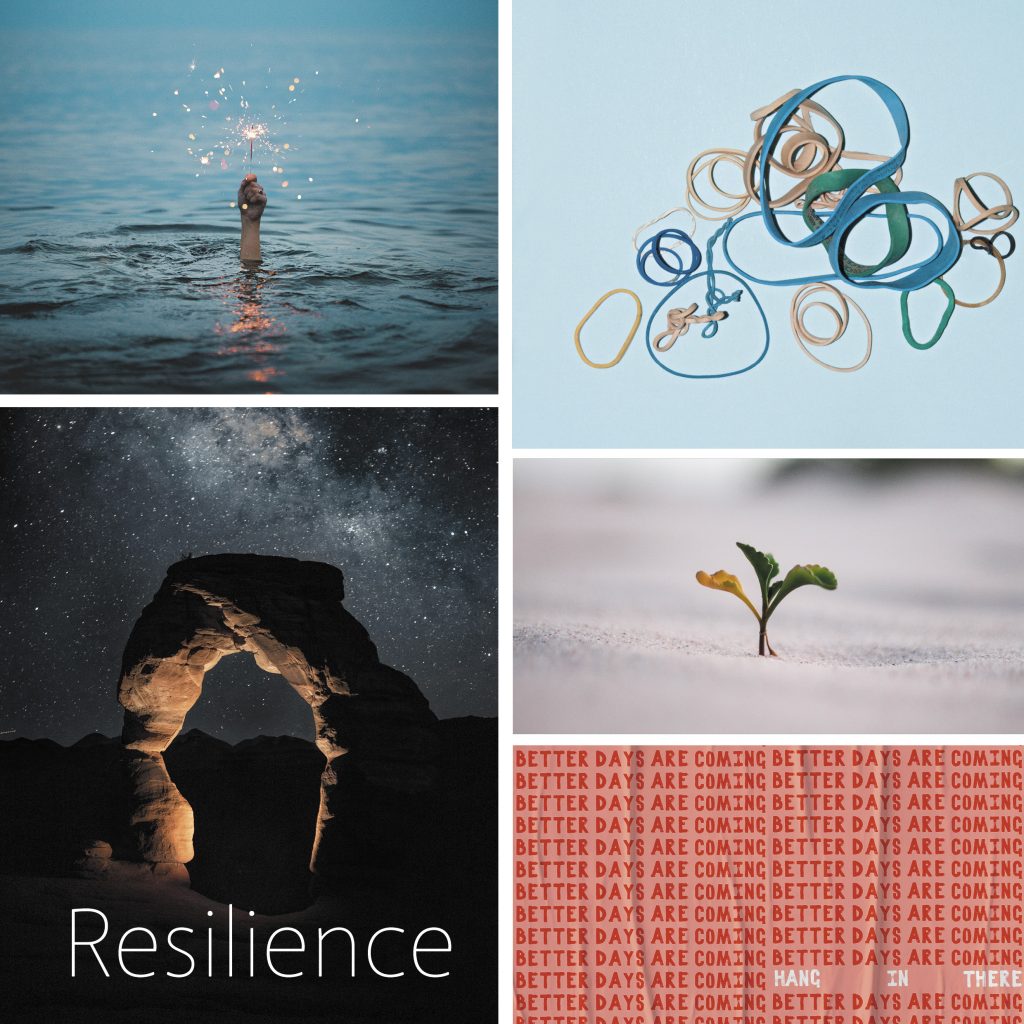
Final piece
When I began thinking about my final piece I was drawn to the magpie imagery. Magpies are not flashy birds, they look quite ordinary at first glance. If you watch them carefully however, you will notice hidden flashes of brilliant colour – electric blue iridescence. This is combined with the idea of flashes or creative sparks, and the idea of being shattered or broken, but picking yourself up and continuing. Creating something beautiful out of the bits.
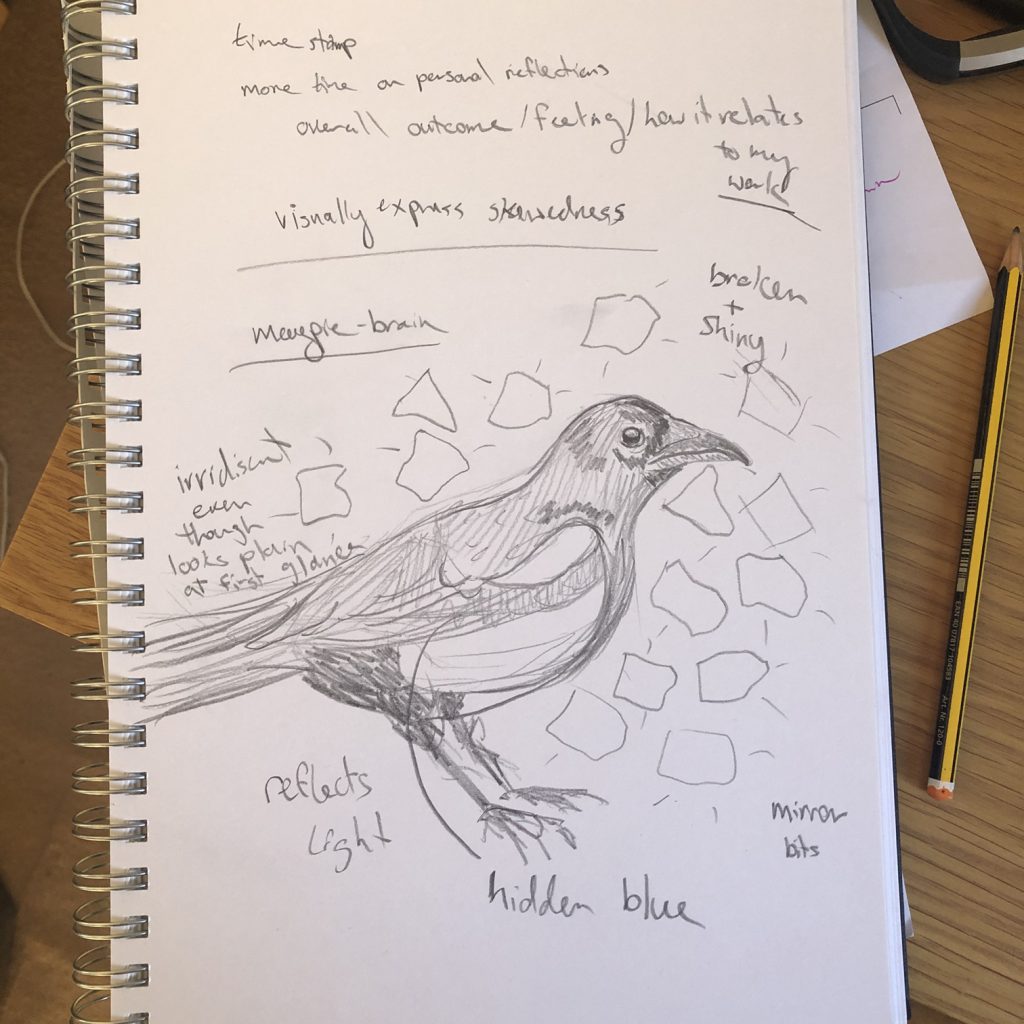
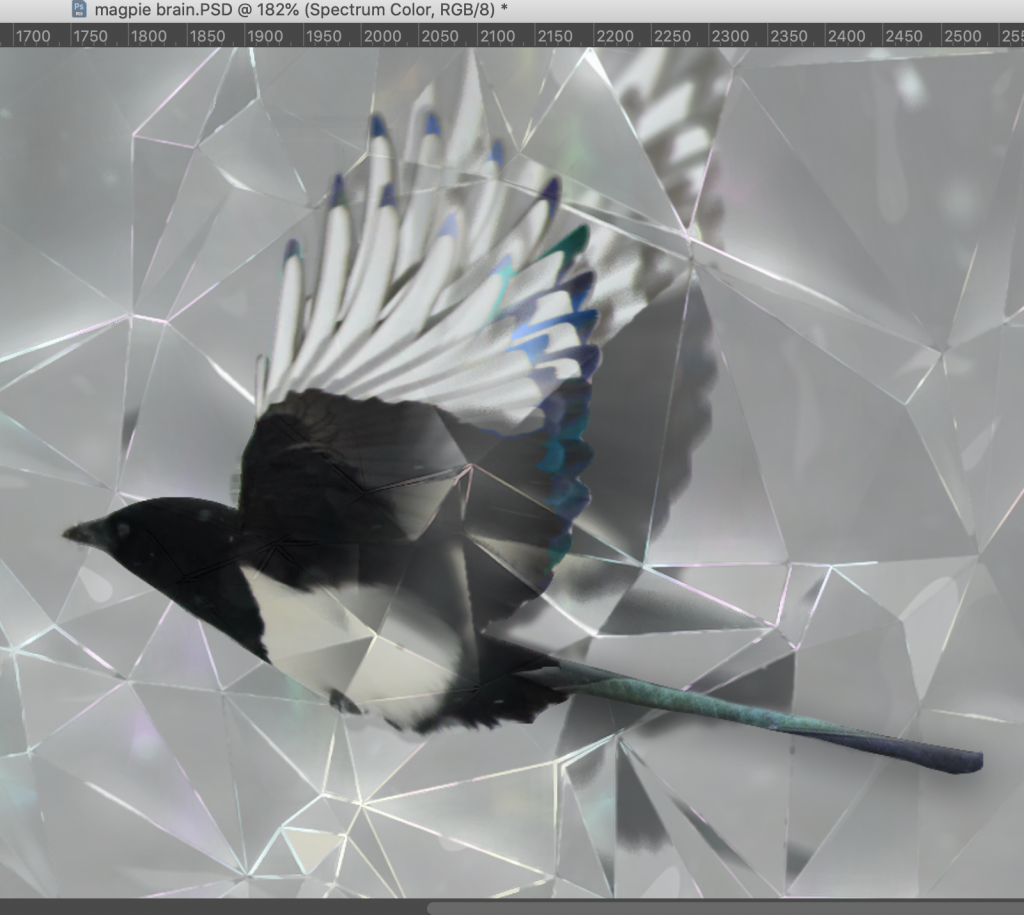
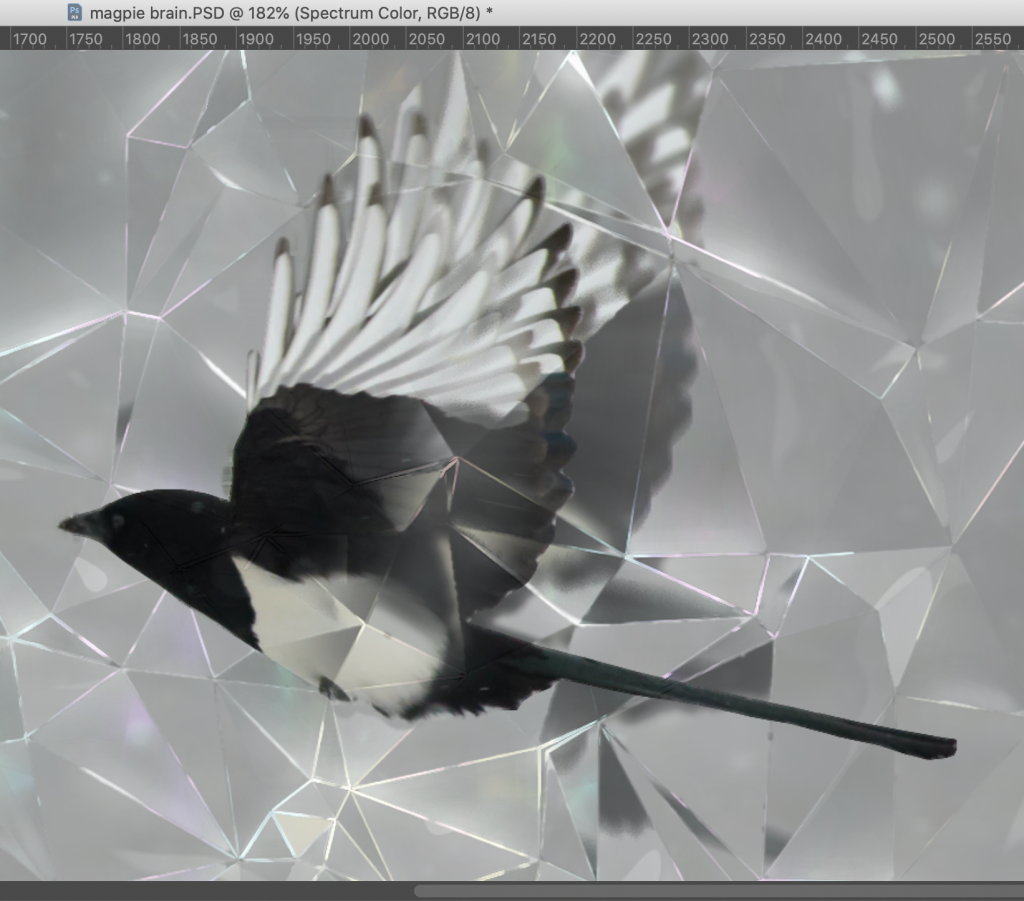
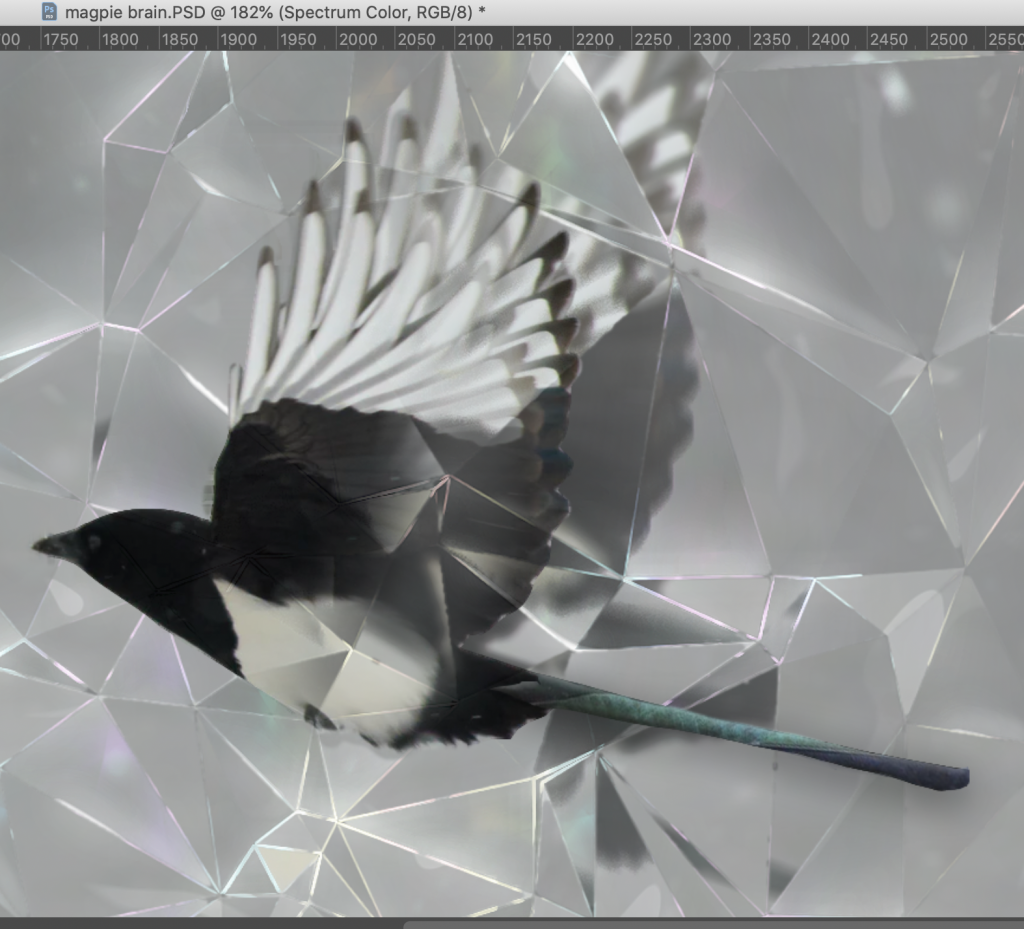
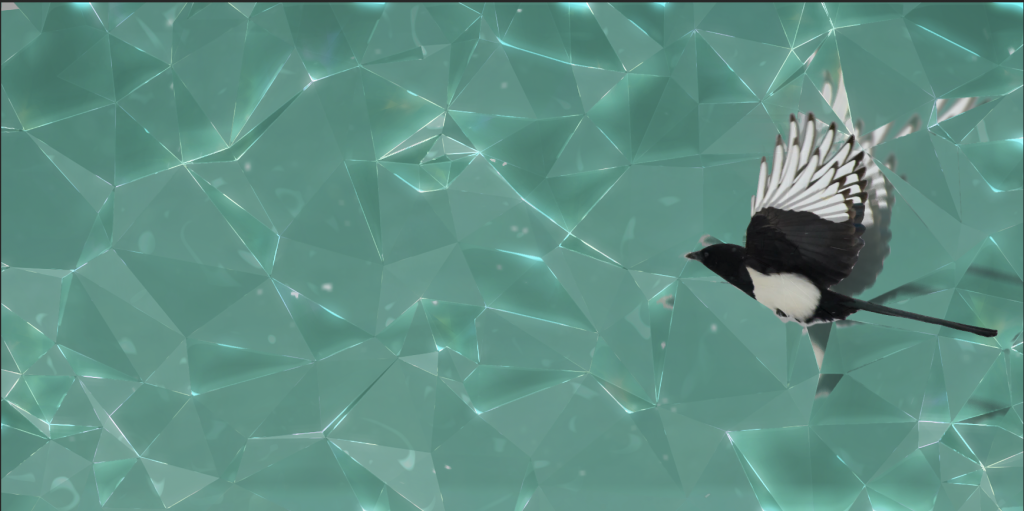
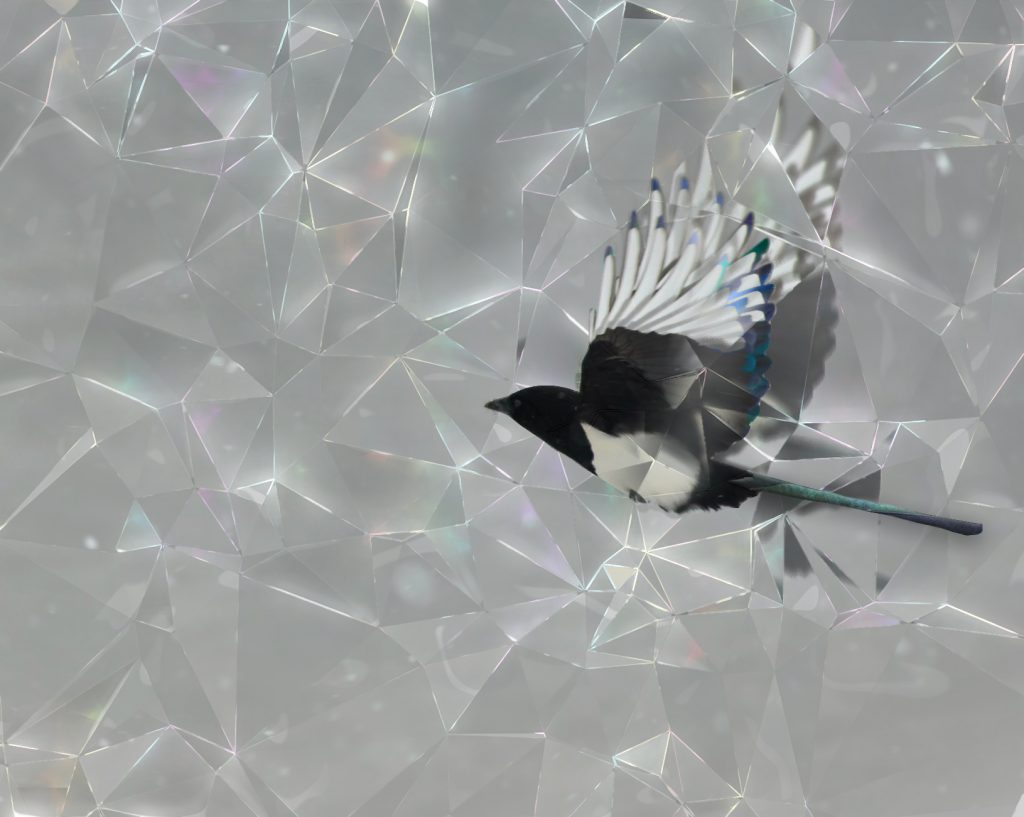
I created a photo manipulation piece, trying to convey this, but it just didn’t quite land for me. I struggled for several days and mauled a few other ideas around. Eventually I started thinking about resilience more, and connected it with the feeling of playing old side-scrolling video games. You were not able to save games when you wanted, and I felt drawn to the frustration of being killed by a main boss right at the end of a difficult fight. You knew you would have to go through the whole struggle again, over and over until you got it right. I wanted to convey that sense of not giving up, of choosing to do a difficult thing in spite of that frustration, of trying again until you succeed.
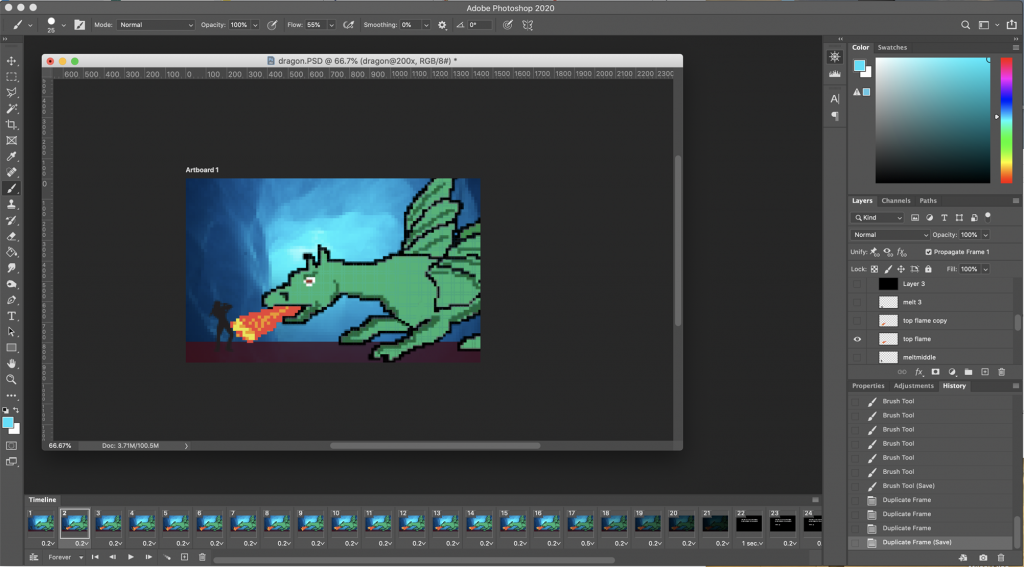
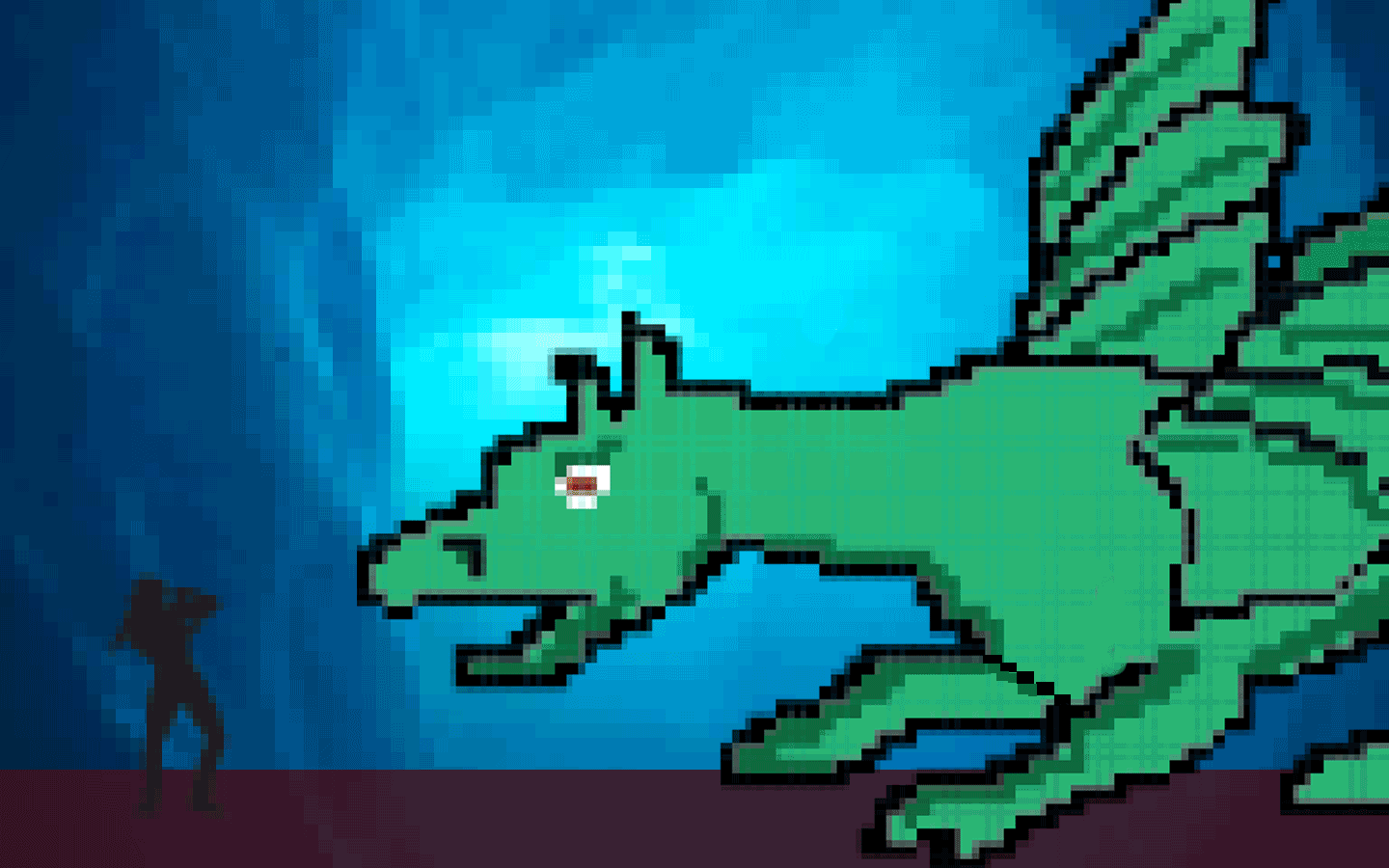
This is very different than what I had originally planned, and I can see many improvements to make. I will seek feedback and try a slightly different version. This is a very simple animation I drew in Illustrator and put together in Photoshop. My previous animation experience was in Flash, which is no longer supported. If I want to continue with motion graphics I will need to invest time in learning new software, as Photoshop will do a very basic job, but is not suitable for anything complicated.
Summary of the week
Having a strong sense of self enables you to create authentic work. Regardless of your past or struggles, you have power over your self narrative and the choices you make. This is an empowering and motivating truth. It has become apparent that my core design values are authenticity and positive value. I find the manipulative and negative aspect of some types of marketing and design to be abhorrent. Examples of this would be psychologically addictive microtransactions in video games, online gambling, or spreading false information with jingoistic political advertising. In my own work I will be striving to develop the healthy relationship and intimacy Giddens speaks about. Building genuine connection and understanding, communicating effectively and warmth are also important to me. Ethical marketing does exist, supportive online communities are out there, building a network of like-minded people can help you to develop and grow both personally and as a designer.
I would love to create this as a playable game, or at the least a longer animation that gives you more options. It could cycle through the same outcome multiple times, but occasionally land on a winning screen, giving you intermittent positive reinforcement. The message is hopeful, you might be occasionally burnt to a crisp, but you don’t stop trying, and eventually vanquish your own personal dragon of self-doubt.
References
British Lard Marketing Board. 1957. Available at: https://www.flickr.com/photos/55681839@N07/18881807823/.
FIGUEROA, Elsa. 2020. “I Am Done with Manipulative Marketing – Elsa Figueroa – Medium.” Medium [online]. Available at: https://medium.com/@elsafigueroa/i-am-done-with-manipulative-marketing-add37f339805 [accessed 14 Oct 2020].
GIDDENS, Anthony. 1991. Modernity and Self-Identity : Self and Society in the Late Modern Age. Cambridge: Polity Press.
HOSKEN, Martin. 2020. Week 4 Guest Lecture The Self [lecture]. GDE710 for MA Graphic Design. Falmouth: Falmouth University 2020 [Accessed 14 October 2020]
LEE, Jongsun. 2018. “Black and White Bird.” Unsplash.com [online]. Available at: https://unsplash.com/photos/DjBW1BPCpKw [accessed 11 Dec 2020].
MARTINS, Bruno. 2015.“Assorted Wood Stamps.” Unsplash.com [online]. Available at: https://unsplash.com/photos/OhJmwB4XWLE [accessed 2 Dec 2020].
